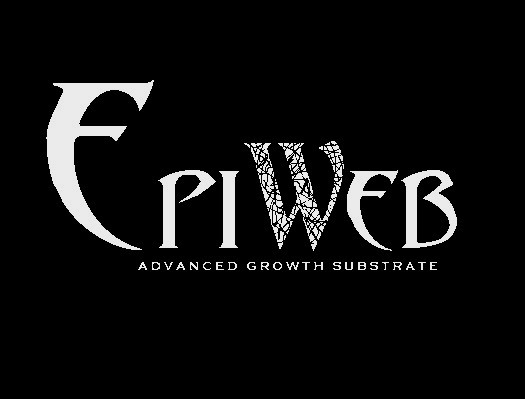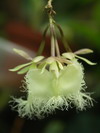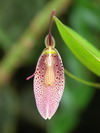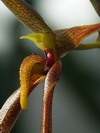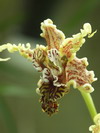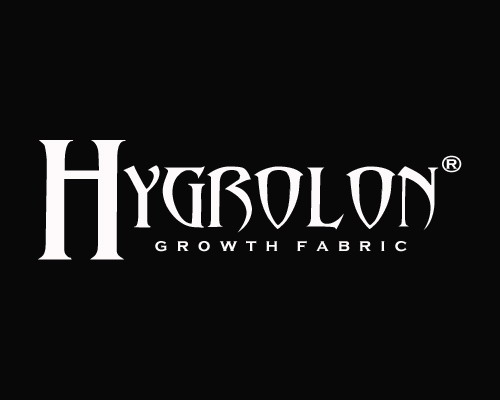
At the start of the
development of Hygrolon®,
studies was made of epiphytic plants, mosses and ferns natural grow
substrate, in other words, bark of different kind.
Bark is made of dead cells of cellulose and lignin.
Natural bark is hygroscopic in different grades depending on type and
specie of tree. Epiphytic plants up take the stored water in the bark.
Bark has also the ability to distribute and spread water evenly over
the surface. The substrate is thus never wet for longer periods of time.
The goal
when developing Hygrolon®
was to create a material that could mimic and act as an artificial bark/growth
substrate. A material that also should be 100% inert and non-decomposable.
We chose
PET-plastic as the raw material due to its stable properties. Another
great advantage is the fact that it can be processed into a micro fibre.
The extremely thin fibres and the special design of micro fibres make
them able to store, wick and transport large amount of water. These
properties make them excellent for the purpose.
Microscope
pictures of Hygrolon®
fibres |
|
|
The Hygrolon®
structure
The Hygrolon®
sheet consist of three layers
Two woven outer sheets separated by a layer of strands of upright nylon
fibre.
The outer layers are very hygroscopic and woven in an advanced warp
technique that gives it its net structure.
The net design is important to offer roots and air access to the material.
The middle
layer acts as an aerating layer that gives roots the perfect balance
between air and moisture.
Water that
comes in contact with the outer layers is rapidly spread over the entire
surface in the same way as a organic material such as bark, xaxim, sphagnum
etc.
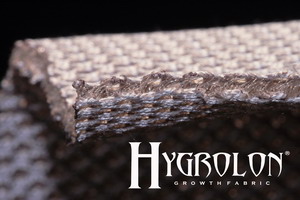
Hygrolon®
Material properties
| Raw
material |
Polyetylentereftalat
(PET) |
| Fibre
size |
0,5
denier (1 gram fiber equals 18.000 meter) |
| Water
holding properties |
285% |
| Salinity
initial |
3-5
µS |
| pH |
Neutral
7,0 |
| Color |
PMS
#411 |
| Weight |
310
g / m² |
| UV |
UV-stabil
|
| Thickness |
3,5
mm |
